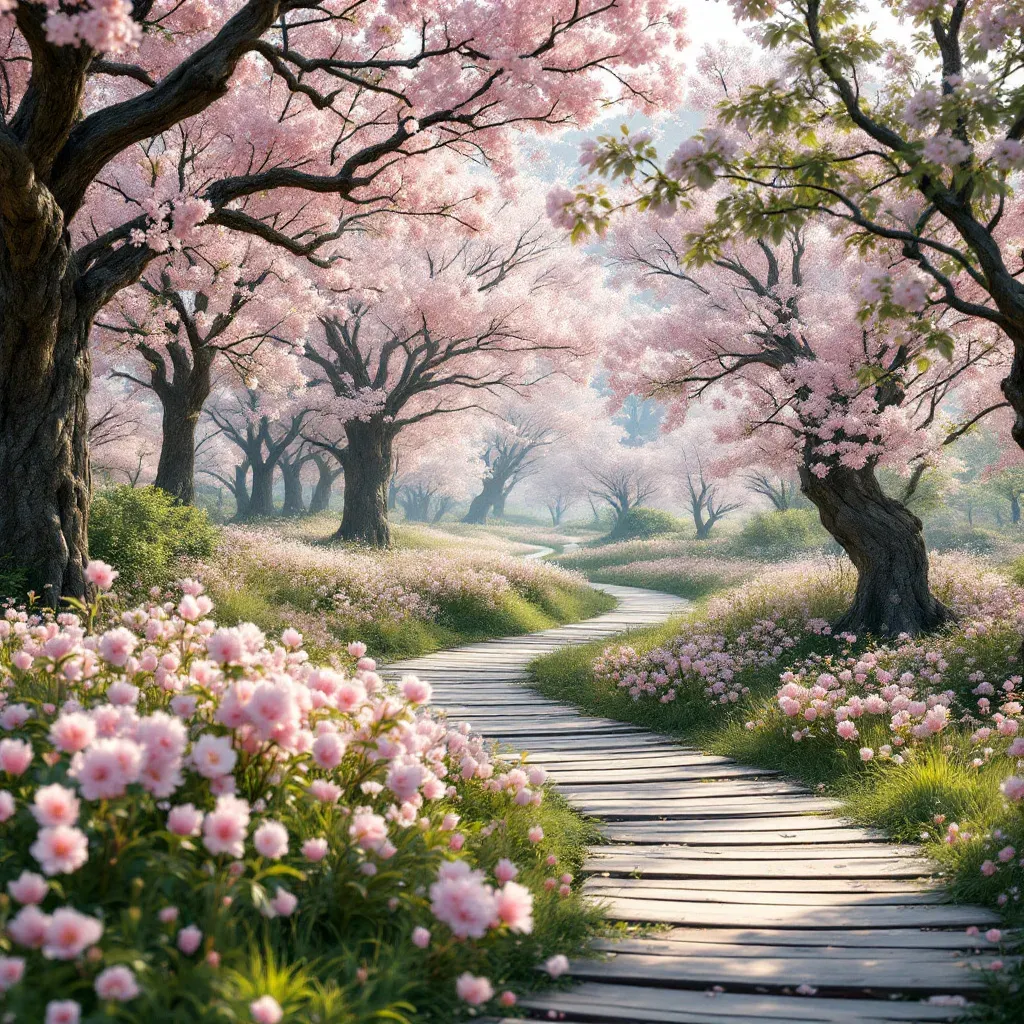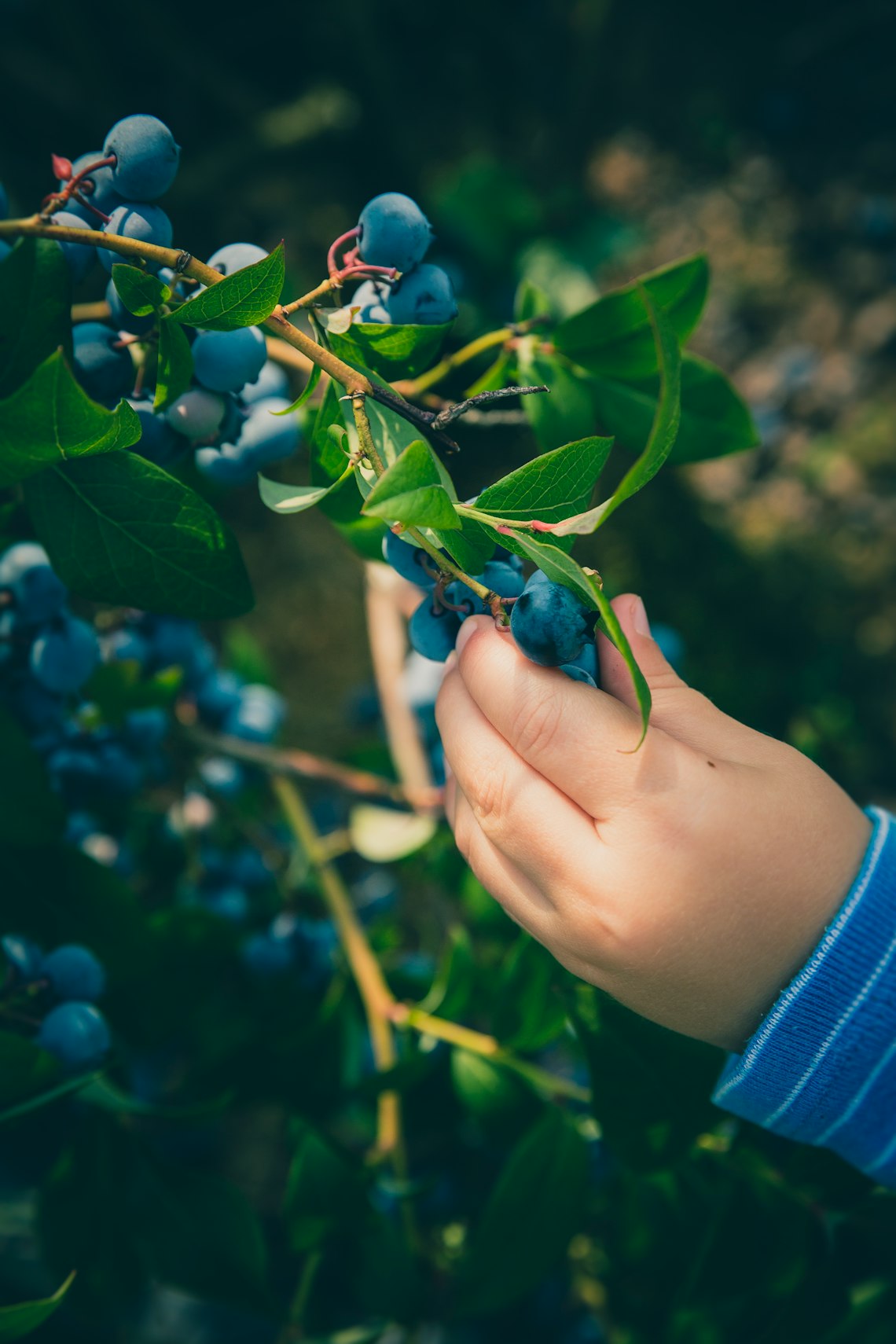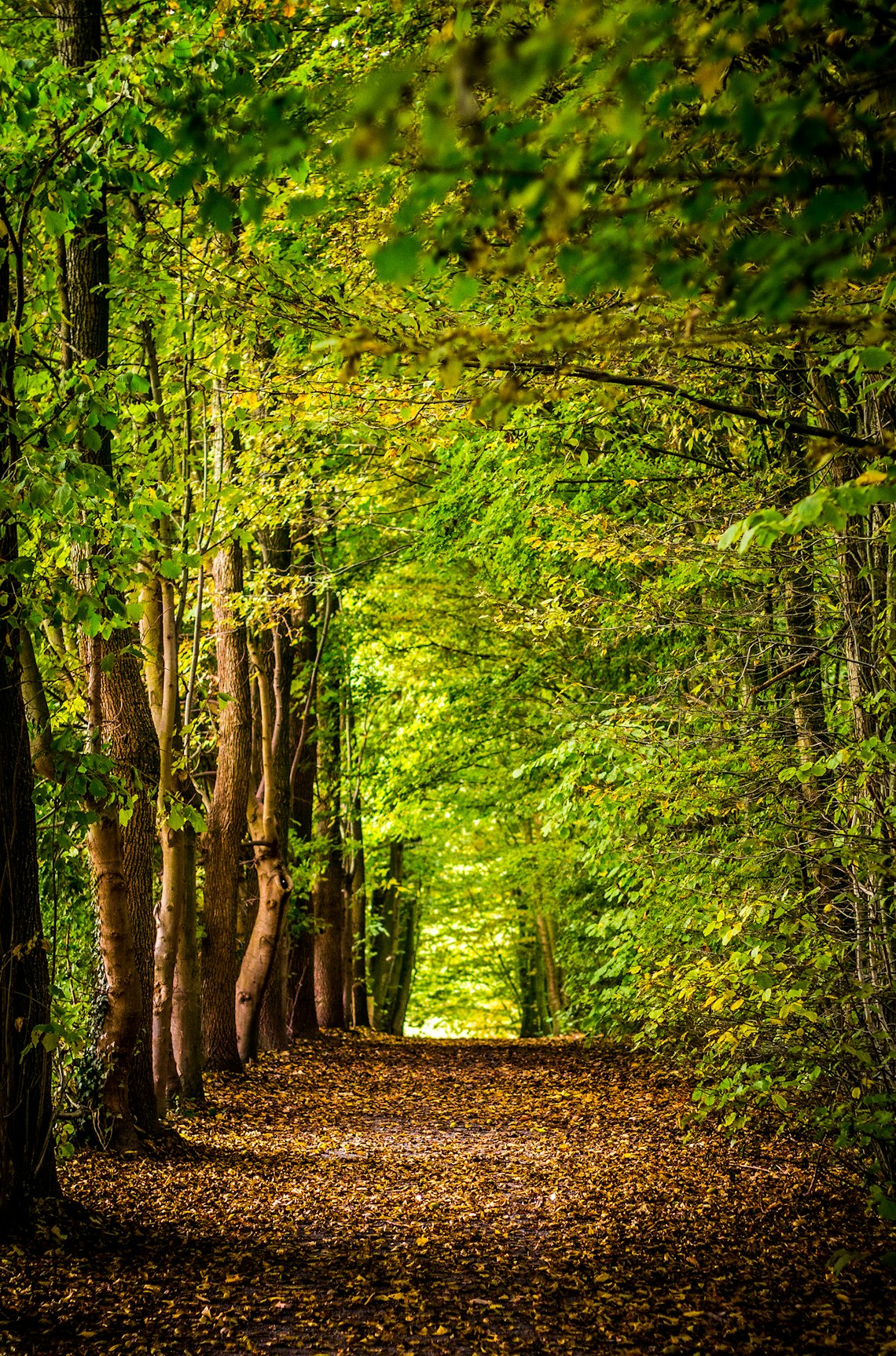As the world becomes increasingly aware of the importance of green initiatives, the role of ornamental trees, such as cherry blossoms, in ecosystem restoration is coming into sharp focus. Cherry blossoms are not just a feast for the eyes but are integral to promoting biodiversity, enhancing urban forestry, and supporting pollinators. This natural beauty hides a profound ability to nurture and rejuvenate our ecosystem, proving that there is more to these blooms than meets the eye.
The Role of Cherry Blossoms in Ecosystem Restoration
While often admired for their fleeting beauty, cherry blossoms play a significant role in revitalizing and restoring ecosystems. Their introduction into diverse habitats contributes to environmental health in several ways:
- Supporting Pollinators: Cherry blossoms are a crucial food source for pollinators including bees, butterflies, and birds. These pollinators are essential for the reproductive success of countless plant species, thus sustaining biodiversity.
- Enhancing Soil Quality: The fallen petals of these ornamental trees decompose, enriching the soil with vital nutrients that promote the healthy growth of other plant species.
- Improving Air Quality: Like all trees, cherry blossoms absorb carbon dioxide and produce oxygen. They help filter pollutants from the air, contributing to cleaner and healthier urban environments.
Cherry Blossoms: A Catalyst in Urban Forestry
Urban forestry initiatives have recognized the potential of cherry blossoms in transforming cityscapes into green havens. Planting these trees in urban areas provides numerous advantages:
Firstly, cherry blossoms offer shade and cooling effects, reducing the urban heat island effect and contributing to energy conservation. Secondly, these trees serve as green corridors that support urban wildlife, allowing species to move and thrive within city environments. Additionally, the presence of cherry blossoms in cities boosts mental well-being, offering serene spaces for rest and recreation.
Integrating Cherry Blossoms into Urban Planning
To fully leverage the benefits of cherry blossoms, urban planners should consider:
- Selecting Appropriate Varieties: Choosing disease-resistant and climate-appropriate species ensures longevity and reduces maintenance efforts.
- Promoting Community Engagement: Encouraging community involvement in planting and caring for these trees fosters a sense of ownership and appreciation for urban green spaces.
- Collaborating with Environmental Organizations: Partnerships with NGOs and local environmental groups can enhance ecosystem restoration efforts and provide educational opportunities.
Beyond Blossoms: The Broader Impact
The benefits of cherry blossoms extend beyond their immediate aesthetic appeal. Their role in ecosystem restoration is crucial, not only for environmental health but also for economic and social benefits. For instance, cherry blossom festivals boost local economies through tourism, while educational programs centered on these trees raise awareness about broader environmental issues.
By incorporating cherry blossoms into ecosystem restoration strategies, we not only celebrate their beauty but also embrace an opportunity to enhance biodiversity, promote green urban living, and support vital pollinators.
Conclusion: Embracing Cherry Blossoms for a Greener Future
In conclusion, cherry blossoms are more than ornamental trees; they are pivotal players in ecosystem restoration and urban forestry. From supporting pollinators to improving air quality, these trees provide myriad benefits that extend far beyond their stunning appearance. As we strive towards a sustainable future, integrating cherry blossoms into our landscape planning expresses a commitment to environmental stewardship. Let us celebrate and cultivate these incredible blooms, not just for their beauty but for their indispensable ecological contributions.




